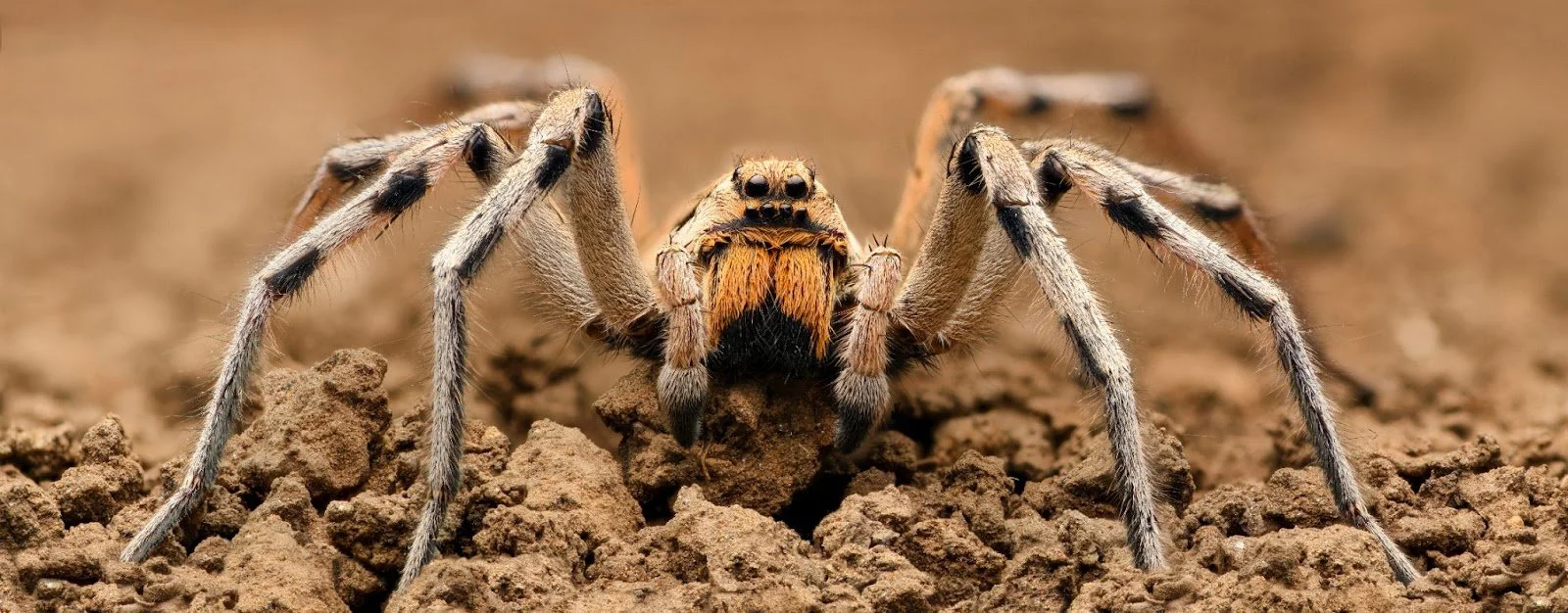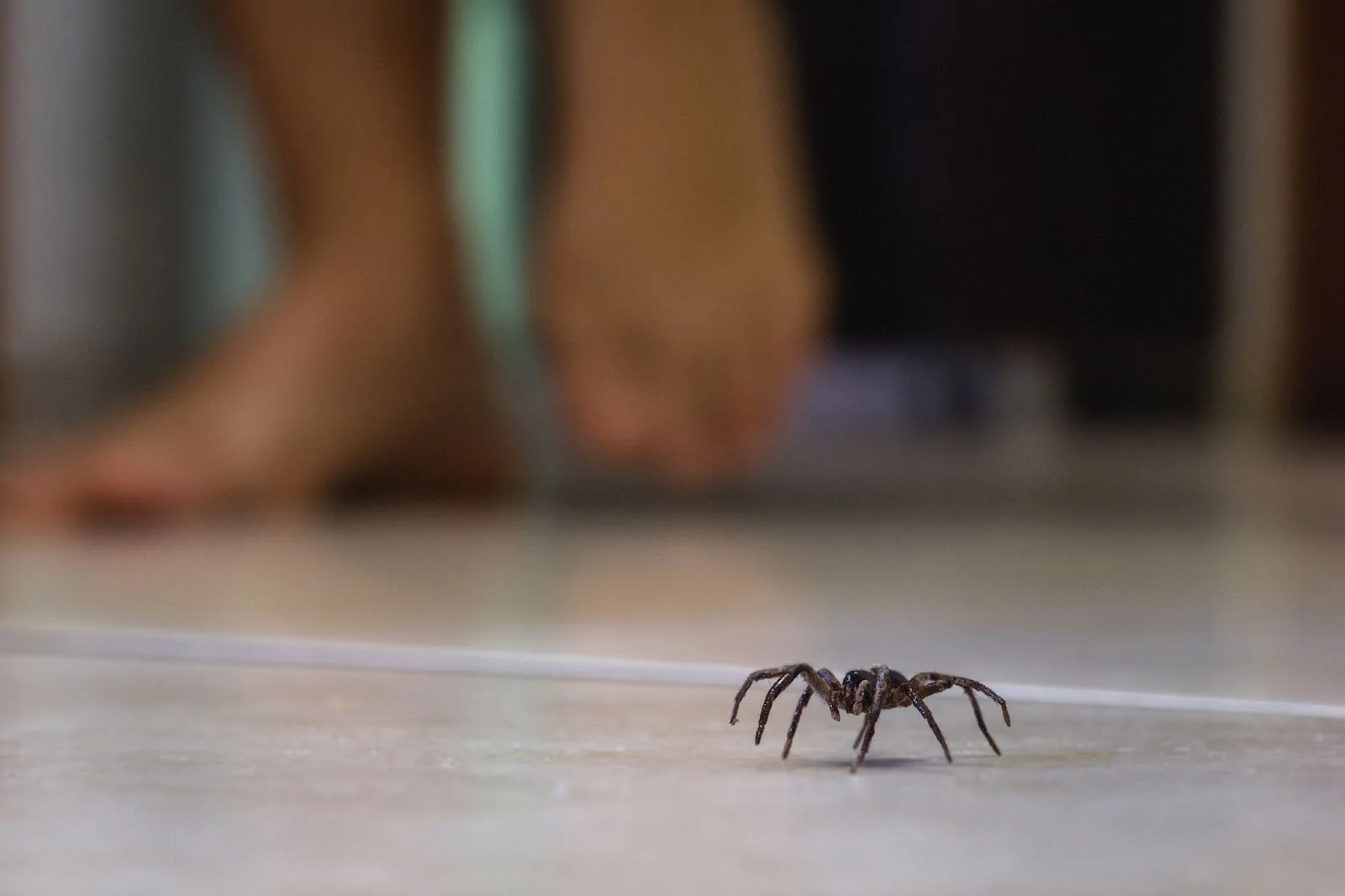Do Spiders Run to You for Safety? What Science and Behavior Say
Spiders are some of the most misunderstood creatures we share our homes and neighborhoods with. In the San Gabriel Valley, homeowners often spot them scurrying across floors, hiding in corners, or darting toward unexpected places. One of the most persistent questions people have is whether spiders actually run toward humans for safety.
At first glance, it may seem that way—after all, it can feel like a spider makes a beeline right for you. But is it intentional, or are we misreading the behavior of these eight-legged neighbors? Understanding how spiders move, why they seem to approach people, and how to respond safely can take the fear out of these encounters and help you manage them humanely.
Why Spiders Might Approach Humans (and Why It’s Rare)
Most spiders are solitary, shy creatures. They are not seeking friendship, companionship, or protection from humans. In fact, they are more likely to view us as a threat. So why does it sometimes look like a spider is running directly at you?
Escape Behavior: Spiders often move quickly when startled. If you step near their hiding spot or cast a sudden shadow, they may dash in a random direction—sometimes toward you—without realizing it.
Limited Vision: Unlike humans, most spiders have poor eyesight. They rely more on vibrations and touch than sight, which means they aren’t intentionally running toward a person. If they happen to move in your direction, it’s coincidence, not strategy.
Chasing Prey: If a spider is hunting, it may chase after an insect without noticing you in the background. The path might look like it’s aimed at you, when in reality you’re just in the way.
Seeking Shelter: In rare cases, a spider may mistake the area near your feet or clothing as a dark, sheltered spot to hide from danger. They aren’t “trusting” you for safety—they’re just looking for cover.
In short, spiders don’t run to humans for protection. When they move in our direction, it’s usually accidental or the result of confusion.
Common Misinterpretations of Spider Movement
For many people, spider encounters trigger an instant fear response. This makes sense—our brains are wired to notice sudden, fast movements, especially from creatures with unusual shapes and many legs. But that fear can also lead us to misinterpret spider behavior.
“It chased me across the room.” What feels like a pursuit is often just a spider darting toward the nearest wall, baseboard, or shadowed corner.
“It came straight for me when I screamed.” Loud sounds and vibrations from our movements can scare a spider, causing it to run unpredictably. Your reaction may have startled it into bolting in your direction.
“It wouldn’t stop following me.” In reality, spiders don’t stalk humans. If a spider seems to follow, it’s more likely trapped in the same small space, like a bathroom or hallway, and struggling to find a way out.
By reframing how we interpret these moments, it’s easier to recognize spiders as panicked creatures looking for safety—not aggressors or companions.
How to Handle Spiders in Your Home Safely and Humanely
Whether you’re fearful of spiders or simply want to avoid harming them, there are practical ways to handle encounters inside your home. The San Gabriel Valley is home to many harmless spider species, so humane handling is often the best approach.
Prevention First
Seal Entry Points: Spiders often enter through cracks around doors, windows, and vents. Sealing these areas reduces unwanted guests.
Reduce Clutter: Cardboard boxes, storage bins, and piles of laundry create hiding spots. Keeping spaces tidy makes your home less attractive to spiders.
Control Other Pests: Spiders go where the food is. Reducing insects in your home naturally reduces spider activity.
Humane Removal
The Cup Method: Place a cup or glass over the spider, slide a stiff piece of paper underneath, and carry it outside.
Catch-and-Release Tools: There are gentle spider catchers available that let you trap and release them without getting too close.
Relocation: If the spider is near a door or window, gently coax it outside with a piece of cardboard or soft brush.
Professional Help
For homeowners dealing with recurring spider issues, especially in garages, basements, or attics, professional pest control can provide peace of mind. A tailored plan targets both spiders and the insects they feed on, making your home less inviting overall.
If you live in the San Gabriel Valley and are tired of unexpected spider sightings, you don’t have to live with the stress. While most spiders aren’t dangerous, that doesn’t mean you want them in your home. Professional spider control focuses on prevention, safe removal, and long-term solutions that protect your family and your space.
Reach out today to schedule a consultation and discover how a customized pest plan can help you enjoy your home without the surprise of eight-legged visitors.



